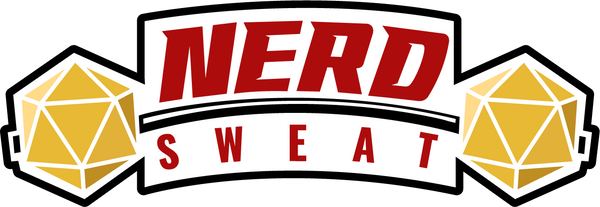
Taming the Chaos: How to Keep a West Marches Campaign Organized Across Multiple DMs
Running a West Marches campaign is already a unique challenge—with players coming and going, modular stories unfolding, and a world that’s constantly evolving based on player actions. But when you add multiple Dungeon Masters (DMs) into the mix, the stakes (and the chaos) get even higher.
In our ongoing West Marches campaign, the Common Grounds Guild of Greyhawk, we have several DMs running sessions at Common Ground Games in Dallas, TX. That’s a lot of world-building, NPCs, maps, and lore to track. So how do we keep everything consistent, collaborative, and creative? Here’s how we’re managing the madness.
1. A Shared Lore Bible
When you have multiple DMs, everyone needs access to the same foundational lore—the major cities, factions, historical events, and campaign rules. We created a centralized Guild Codex (a living document) that includes:
- A brief Greyhawk setting overview
- House rules and session guidelines
- Shared NPCs, factions, and ongoing plots
- Guild roles and titles
This ensures continuity and prevents a situation where one DM describes a town as peaceful while another fills it with undead two days later.
📚 Resource Tip:
We use Obsidian Portal to house our Codex and session logs. It’s free, easy to use, and accessible to all DMs and players:
👉 www.obsidianportal.com
2. Discord as Our Communication Hub
Our Discord server is the heart of the campaign. It includes:
- A DM-only channel for lore discussions, planning, and ruling clarifications
- A session log channel where DMs post summaries after each game
- An in-character message board where players can react to world events
Having a centralized place to share information in real time helps all DMs stay aligned—and gives players a sense that the world is truly connected.
📌 Example:
When one DM ran a session in the Gnarley Forest and a group cleared out a bandit hideout, another DM referenced that cleared-out ruin a week later as a new monster lair.
3. Campaign Calendar & Scheduling Tools
To avoid confusion or accidental overlap, we maintain a shared campaign calendar. Each DM:
- Posts when they plan to run
- Notes which regions, dungeons, or NPCs they’ll be using
- Tags affected factions or locations
This prevents two parties from visiting the same dungeon at the same time and keeps the timeline clean.
🛠️ Tool Recommendation:
We use Google Calendar to track our sessions, but you could also use tools like Notion for the calendar and session tracking.
4. Loose But Linked Storytelling
Each DM has creative freedom to build quests, dungeons, and NPCs—but we agree to follow several key guidelines:
- Respect established lore and player actions
- Report major changes to cities, factions, or the world map
- Use guild-approved magic items and rewards
This ensures that even though stories are varied and DM styles differ, the campaign feels cohesive.
📌 Example:
One DM introduced a mysterious cult in the Abbor-Alz hills. A few weeks later, another DM expanded on the idea with a ritual site uncovered in a different region—tying together two unrelated quests.
5. Player Logs and Feedback Loops
Players are encouraged to write summaries or reflections from their characters’ point of view after each session. This gives DMs valuable insight into what players are paying attention to, which NPCs they like, and which storylines feel meaningful.
We also hold monthly DM roundtables (usually online) to:
- Share player feedback
- Workshop ideas
- Collaborate on upcoming world events or arcs
💬 Tip:
Ask a different DM to be the “world state coordinator” each month—keeping tabs on what’s changed, what’s in motion, and what’s on pause. Rotate this responsibility regularly to avoid burnout.
Final Thoughts: Embrace Collaboration, Not Control
The magic of a multi-DM West Marches campaign lies in its collaborative chaos. You’re not trying to create a single, polished novel—you’re building a living world, shaped by dozens of hands.
By embracing shared tools, open communication, and mutual respect for each other's stories, the Common Grounds Guild of Greyhawk has become a thriving example of how creative chaos can lead to unforgettable adventures.
If you’re organizing your own multi-DM West Marches campaign, don’t aim for perfection—aim for connection. That’s what keeps the world alive.
Additional Resources:
- “West Marches: Running the Game” by Matt Colville (YouTube): Watch here
- World Anvil – Another great tool for collaborative worldbuilding: www.worldanvil.com
- Greyhawk Wiki (Canonfire!) – Deep dives into classic Greyhawk lore: www.canonfire.com
